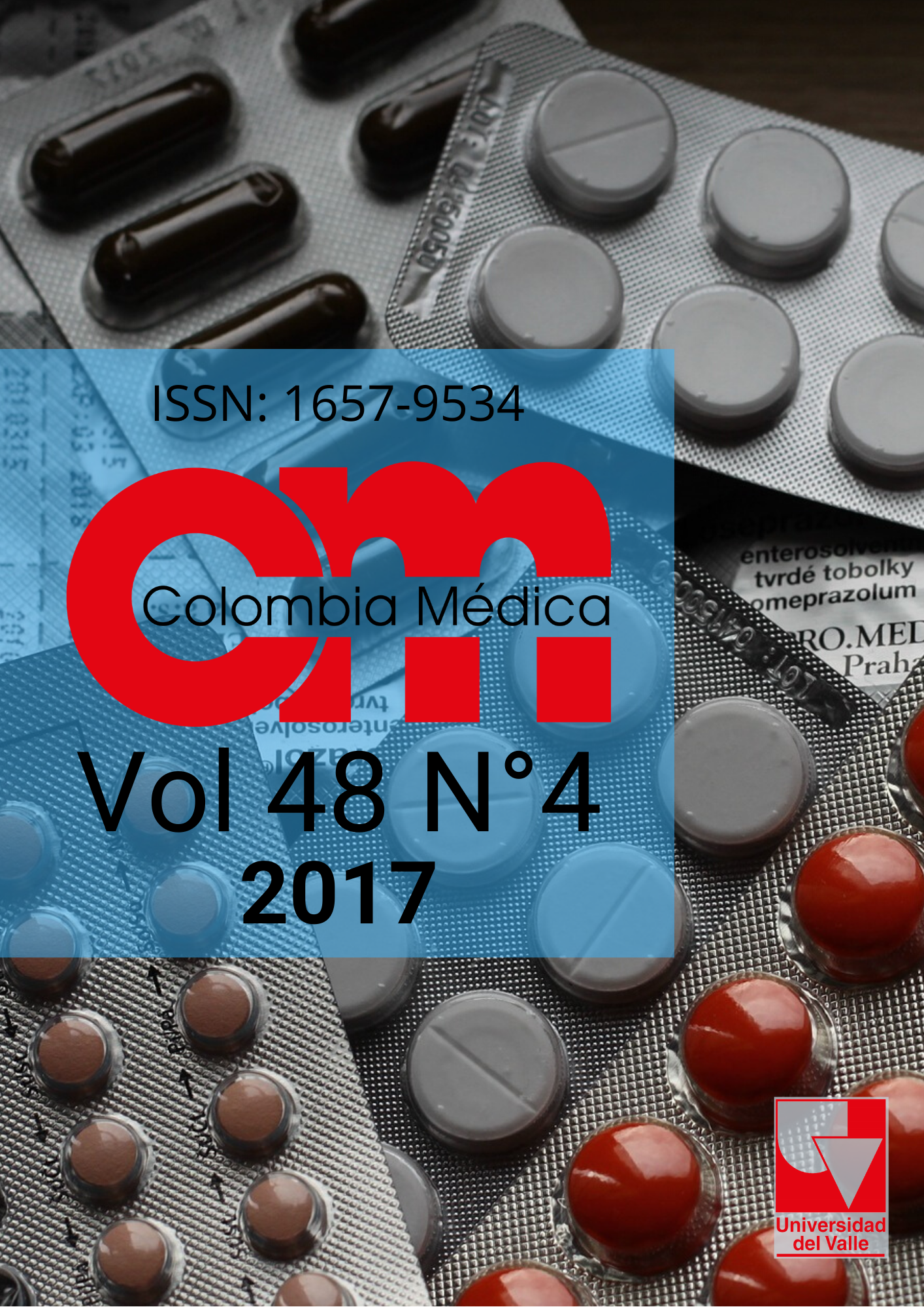The uncertainty of colombian scientific journals with Publindex
Keywords:
Bibliometrics, Citation analysis, Journal Impact FactorMain Article Content
The colombian National Bibliographic Index, Publindex, has defined during the last two decades the management and editorial quality, the dissemination and even the number of scientific journals indexed in Colombia 1. The criteria with which Publindex accepts a scientific journal and qualifies it in this index are the road map of a large number of editorial committees and universities. These criteria have not changed much since their inception and corresponded to a minimum editorial approach (ISSN registration, creation of editorial committees, percentage of institutional endogamy, punctuality in publication, among others) rather than results in indicators of use and diffusion (indexation in specialized databases, citations, international collaboration, etc.). For the year 2010, the number of journals indexed in Publindex increased, and it slowed down the promotion of journals to higher categories 2.
Due to the above, Publindex adopted in that year a mixed classification system with four categories (A1, A2, B and C) based on the quartiles of the SJR (Scientific Journal Rankings) indexes of Scopus or JCR (Journal Citation Report) of Web of Science (normalized), and it superimposed the top two quartiles of the classification with the Google Scholar Metrics H-5 index (not normalized) in the two lower categories (B and C). With this system, in the convocation No. 768, Publindex recognized 33 journals in the health area (medicine, nursing and pharmacy); 16 because they are indexed in Scopus (Colombia has only two health journals in Web of Science in quartiles inferior to those classified in Scopus) and 17 with the quartile system H-5 of Google Scholar Metrics (GSM). This measurement was aligned with international systems; but it did not correct the editorial stagnation suffered by scientific journals; and there will emerge others if corrections are not early made.
Uribe TA. Publindex se usa como no se debe. Alma Mater. 2017; 668: 6
Palacios M. ¿Cuál es el objetivo de una revista científica? Ing Compet. 2016;18(2): 8–10 DOI: https://doi.org/10.25100/iyc.v18i2.2148
Mingers J, Meyer M. Normalizing Google Scholar data for use in research evaluation. Scientometrics. 2017;112(2):1111–1121 DOI: https://doi.org/10.1007/s11192-017-2415-x
Prins AA, Costas R, van Leeuwen TN, Wouters PF. Using Google Scholar in research evaluation of humanities and social science programs A comparison with Web of Science data. Research Evaluation. 2016;25(3):264–270 DOI: https://doi.org/10.1093/reseval/rvv049
Bornmann L, Marx W. Methods for the generation of normalized citation impact scores in bibliometrics Which method best reflects the judgements of experts? Journal of Informetrics. 2015;9(2):408–418 DOI: https://doi.org/10.1016/j.joi.2015.01.006
Mendonça A. Online management of manuscripts in the professionalization of journals. Fisioterapia e Pesquisa. 2017;24(2):119 DOI: https://doi.org/10.1590/1809-2950/00000024022017
Spinelli H, Martinovich V. Práctica editorial contextualizada: Maria Cecília de Souza Minayo y la revista Ciência & Saúde Coletiva. Salud Colectiva. 2016;12(3):453–462.. DOI: https://doi.org/10.18294/sc.2016.1081
Downloads

This work is licensed under a Creative Commons Attribution-NonCommercial 4.0 International License.
The copy rights of the articles published in Colombia Médica belong to the Universidad del Valle. The contents of the articles that appear in the Journal are exclusively the responsibility of the authors and do not necessarily reflect the opinions of the Editorial Committee of the Journal. It is allowed to reproduce the material published in Colombia Médica without prior authorization for non-commercial use

